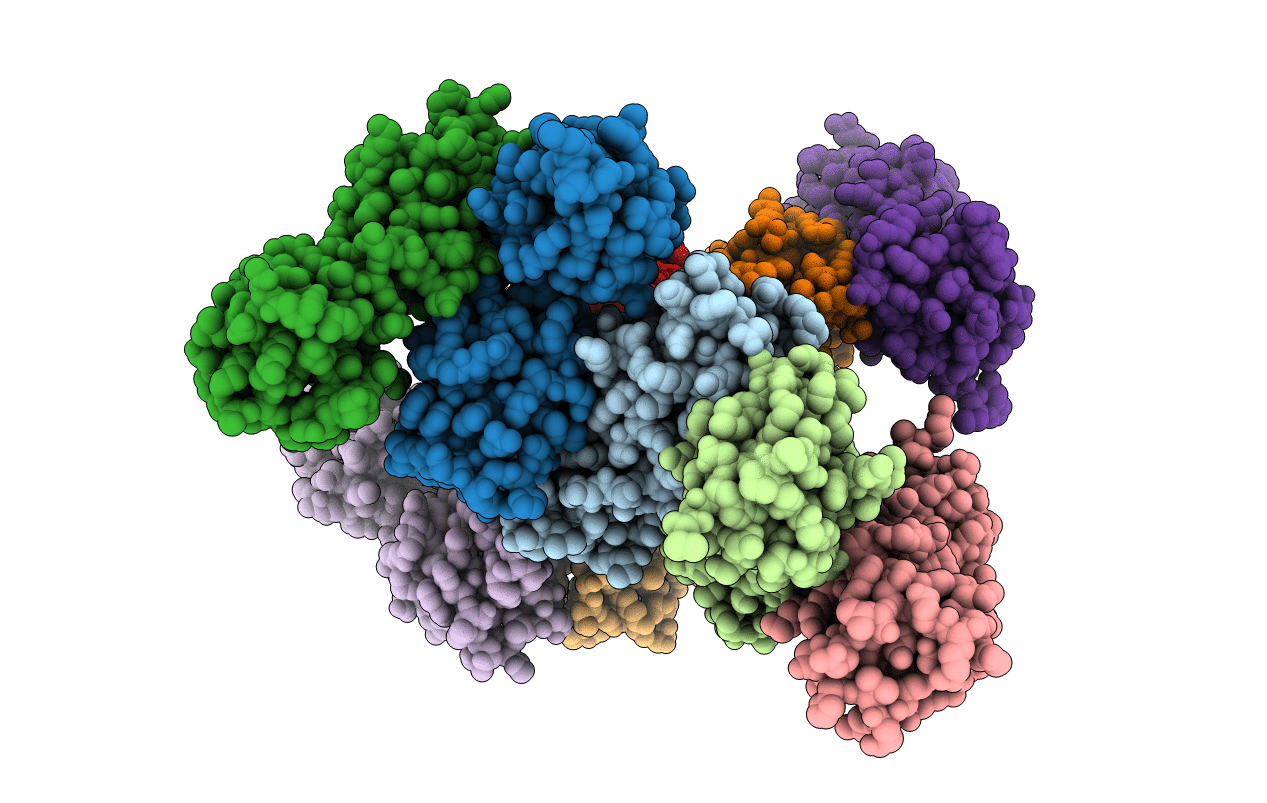
Deposition Date
2016-10-10
Release Date
2017-05-03
Last Version Date
2023-10-04
Method Details:
Experimental Method:
Resolution:
3.24 Å
R-Value Free:
0.30
R-Value Work:
0.25
R-Value Observed:
0.25
Space Group:
P 1 2 1


